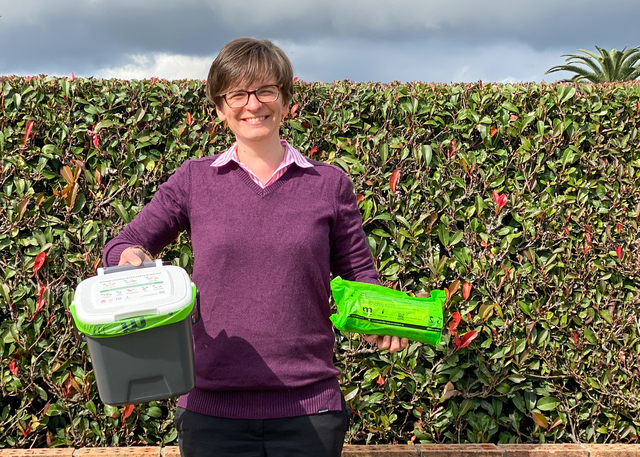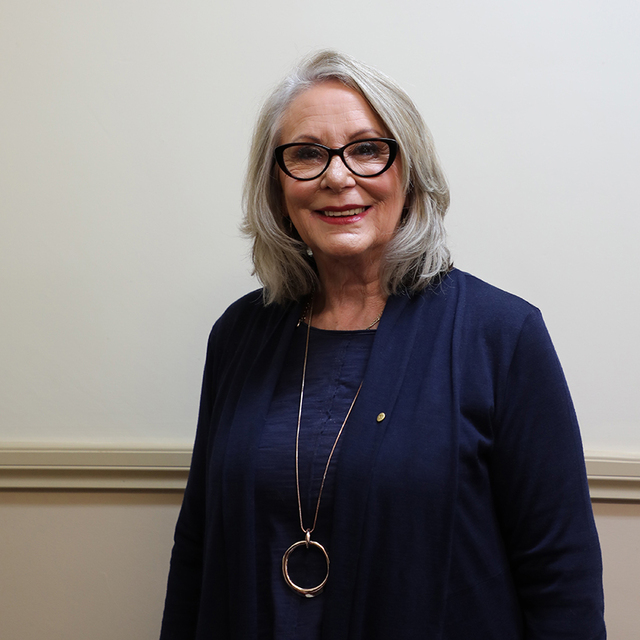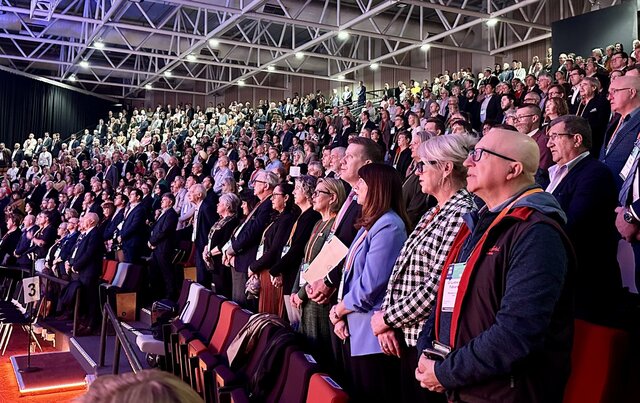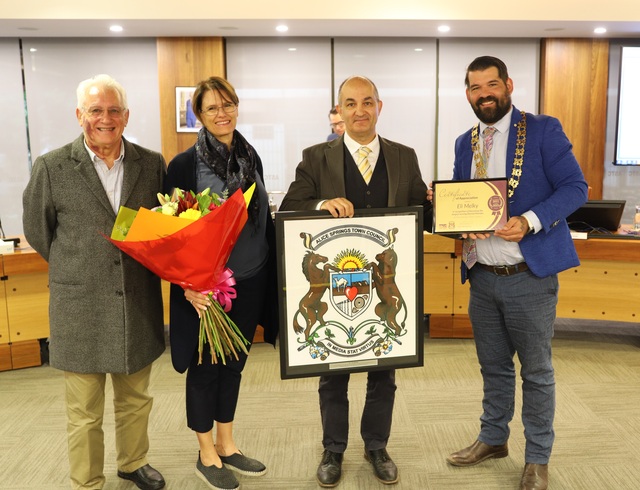Australia a world benchmark in public works
Over 600 delegates recently attended the biennial International Public Works Conference staged in Hobart from 24–28 August. A premier event of the Institute of Public Works Engineering Australia (IPWEA), this year the conference theme was ‘Back to Engineering’.
In welcoming delegates, IPWEA National President, Ross Moody, said that IPWEA was very pleased with the increased number of elected members attending the Conference.
“With almost 2,000 members nationally, infrastructure and asset management are our core business,” Ross Moody said. “Engineers are getting on with the job but we need to be promoting ourselves more. We need to be getting the good news stories out there, so young people can see what we are achieving, and look at career opportunities by joining our ranks.”
He said with over 90 technical papers and a range of top class keynote presentations, the Conference program was designed to present delegates with the latest advances in public works engineering and leadership to “both inform and challenge our thinking”.
In his keynote address, Mark McCain, Principal Consultant with Public Works Engineering Management Services in South Carolina, USA, and former Director of Public Works in the City of Columbia, said that benchmarking and organisational goal setting are absolutely vital.
“Those who claim they have no time for benchmarking, that they are too busy just trying to deliver good services, are failing their communities and themselves,” Mark McCain said.
He believes that gaining the support of elected members for life cycle costing and predicting the useful life of assets requires leadership by public works engineers.
“We need to start planning for leadership development,” he said. “Nurturing future leaders must begin with recent graduates. This must follow through to mid-career levels when project management is occurring, and then on to senior level engineers who drive innovation by providing guidance and mentoring to their younger counterparts.”
Bob Seiffert, former CEO of Manningham and Knox City Councils and the County Fire Authority, in his address urged delegates to shed their inbred fears of change.
“Look forward with enthusiasm for the new opportunities that will be presented, rather than back with nostalgia,” Bob Seiffert said. “Each Council needs to develop a credible method for prioritising projects under its capital works program. This needs to be based on risk assessment, life cycle costs and engaging the community.
“By developing projects on budget and on time, never before has there been a better opportunity for engineers to come to the fore.”
He said that standing still spells disaster, and responding to issues cannot simply be done by using yesterday’s answers.
“Leadership is about bringing your people with you,” Bob Seiffert said. “Develop a culture of commitment; persuade rather than order. Instil in staff the desire to do well. There will be the super highs as well as the frustrating lows but persist when the going gets tough. Most staff want to do a good job. How they perform is all about how well they are led.”
In his address, Macquarie Bank’s Chief Executive Community Partnerships, Peter Wright, said the public sector cannot meet required infrastructure needs on its own.
He said Public Private Partnerships (PPPs) can deliver projects that create quality communities which are sustainable and functioning well on environmental, economic and social scales.
“Some 140 countries now have PPPs in place and Australia and the UK are very much at the cutting edge,” Peter Wright said. “However, State Governments need to open up more opportunities for Local Government to participate. A framework is required for Local Government to engage all stakeholders and develop PPPs. Construction of roads and bridges, recreational facilities, public buildings, water and sewerage are just some of the opportunities for PPPs.”







